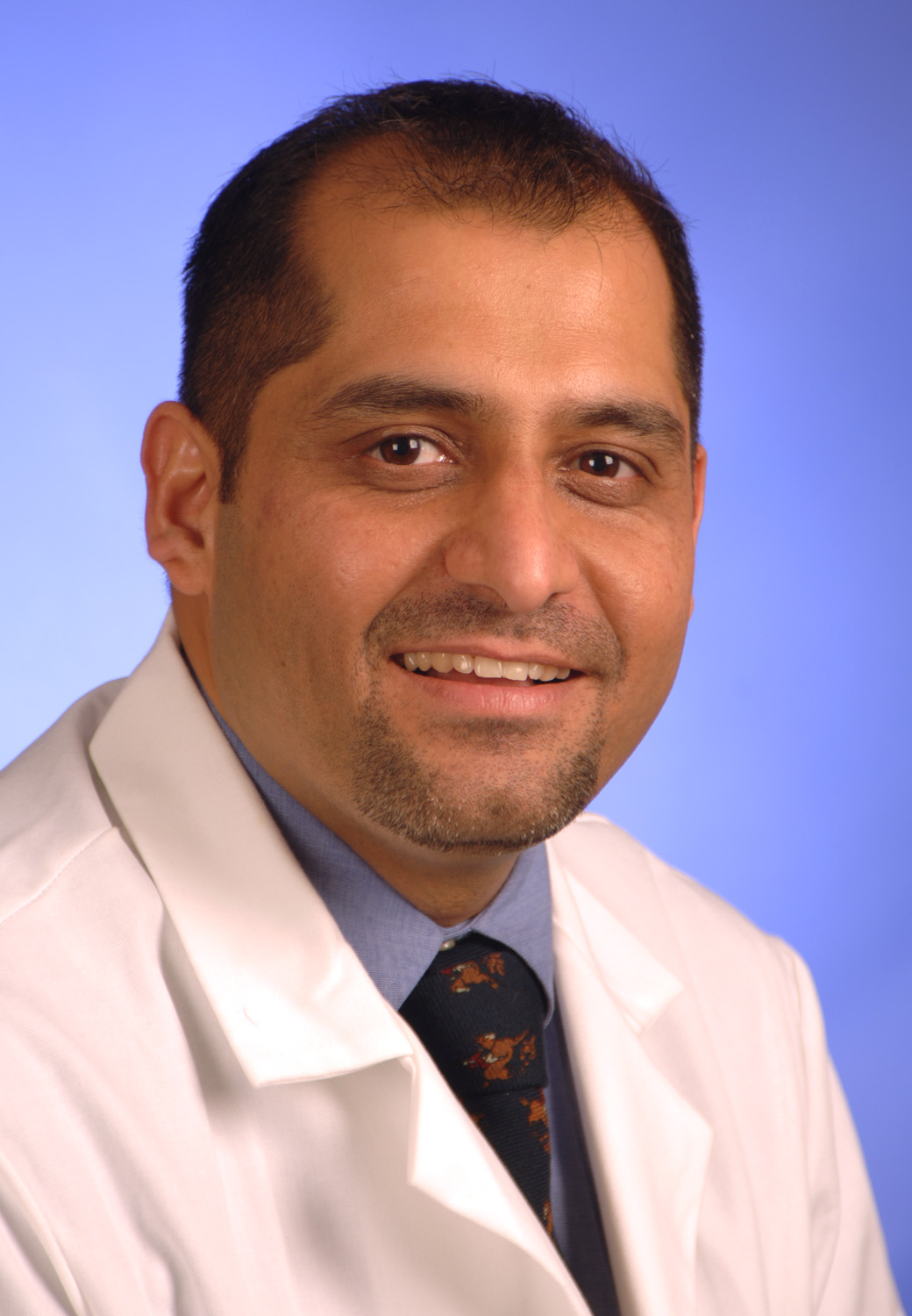As an organization, Hartford, Conn.-based Saint Francis Hospital and Medical Center prides itself on "always looking forward," says Surendra Khera, MD, the hospital's CMO, chief quality officer and vice president of medical affairs. This was especially true when it came to a culture of patient safety.
In fact, the organization's move to create a culture of safety stems from healthcare reform's triple aim of improved outcomes and patient experience with lower costs. The decision to create a culture of safety started about two years ago after an "internal look at how we can go to the next level of being a value provider," says Dr. Khera. "After all, there can be no better way to improve outcomes, improve patient experience and lower healthcare costs than by being a safe provider."
That culture of safety movement morphed about a year ago into a journey to become a high reliability organization, reducing patient harms down to zero. The efforts helped Saint Francis achieve a new record — the hospital hasn't had a central-line associated bloodstream infection in their intensive care units for more than a year. Additionally, its patient safety improvement efforts earned Saint Francis an "A" grade for hospital safety from The Leapfrog Group in April — the fifth consecutive time the organization received Leapfrog's top grade.
Here, Dr. Khera dives into some of the programs and initiatives that have contributed to the organization's high reliability journey and its top patient safety grade. He also forecasts what is in store for the future.
Employee training
One of the first steps toward establishing a patient safety culture is getting the employees on board and engaged. First, Saint Francis trained 4,500 employees, in collaboration with the Connecticut Hospital Association/HPI, to be coaches in the culture of safety. "Our employees are the foundation on which we built the culture of change," Dr. Khera says.
Saint Francis started by training safety coaches; once the coaches were trained, they in turn trained the rest of the employees. So far, most of the organization's nurses and senior leaders have been trained, and the organization is in the process of educating the medical staff at large, according to Dr. Khera.
The employee training covers the "CHAMP" safety methods program. CHAMP stands for Communicate clearly, Handoff effectively, Attention to detail, Mentor each other, and Practice and accept a questioning attitude. Even the senior leadership team at Saint Francis has been through the culture of safety training. "Having the CEO leading this journey — there cannot be a better leader for this than your CEO," says Dr. Khera.
Specific focuses
Saint Francis has focused on a few individual items, like the following two, within the overall drive to become a safer institution for patients.
• CLABSIs. Reducing central-line associated bloodstream infections was one of the main focuses in the past year. In fact, Saint Francis has not had a CLABSI instance in more than a year. "That's a record," Dr. Khera says. The improvement came from "very simple but effective" strategies, he says. For instance, the organization adopted a checklist for inserting a central line and instituted careful monitoring of all central lines. Saint Francis saw dramatic results from changing the process clinicians must go through to put in a central line.
• Pressure ulcers. Despite the change in how pressure ulcers are reported, there has been a reduction in the total number of pressure ulcers at the organization, according to Dr. Khera. He credits this reduction to a multidisciplinary task-force that has initiated a hospitalwide program to reduce pressure ulcers. This group is currently partnering and learning from an Institute of Healthcare Improvement initiative on reducing pressure ulcers.
Future aims
Saint Francis is rolling out new initiatives and has some other patient safety-minded programs in the works. One of the biggest is an antibiotic stewardship program that launched in April.
"We've reduced line infections and other [infections], and now want to address our antibiotic use," Dr. Khera says. "The goal is not just to reduce the emergence of antibiotic resistance but, most importantly, to reduce the chances of our patients getting infections related to antibiotic use, such as C. difficile." The program will use a multi-modality approach including Saint Francis' Epic electronic health records system to help strategize and create a stewardship program to reduce both the total number and type of antibiotics prescribed by providers in the organization.
"It reiterates that we're going in the right direction as an organization," Dr. Khera says of the most recent Leapfrog "A," but Saint Francis is far from done with its efforts to boost patient safety.

